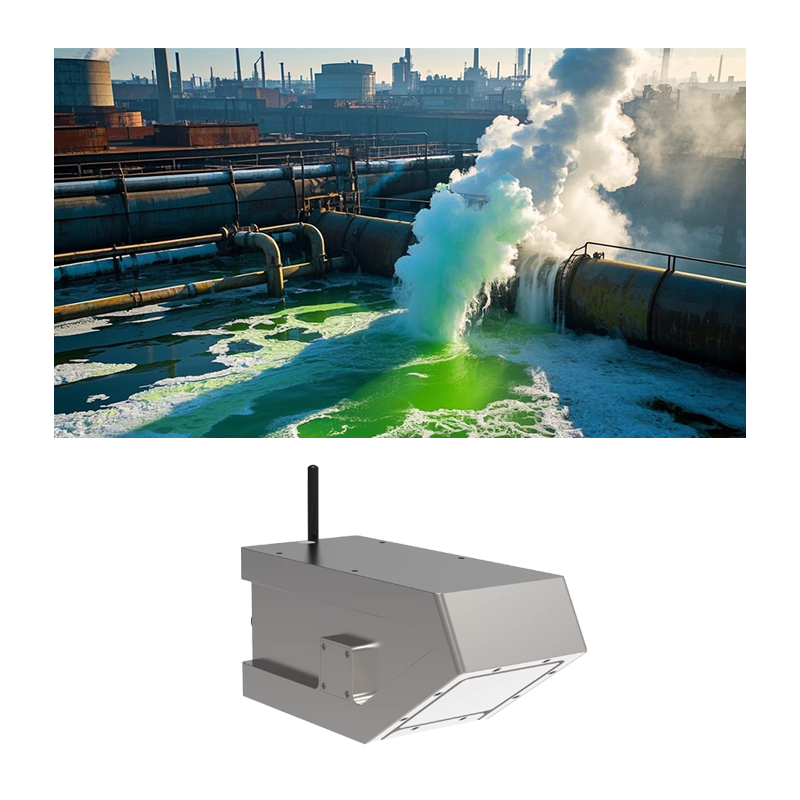April 2, 2025 — On this day, marking the transition between spring in the Northern Hemisphere and autumn in the Southern Hemisphere, water monitoring activities have increased significantly across various countries and regions. With seasonal snowmelt, floods, droughts, and extreme weather phenomena, nations are actively taking measures to address these challenges.
1. Northern Hemisphere Spring Snowmelt and Flood-Prone Areas
Canada and the United States
Spring snowmelt causes significant increases in river water levels, particularly in the Mississippi River and Great Lakes regions. Key focuses for hydrological monitoring include flood early warnings, reservoir management, and agricultural irrigation. As temperatures rise, the demand for irrigation becomes critical, necessitating effective water resource allocation.
Nordic Countries (Norway, Sweden, Finland)
In these countries, snowmelt runoff significantly impacts hydropower production, which accounts for over 60% of Nordic energy. Hydrological monitoring is essential not only for managing hydropower generation but also for understanding changes in Baltic Sea salinity, balancing ecological systems with energy production.
Central Asia (Kazakhstan, Uzbekistan)
In Central Asia, where agriculture relies on cross-border rivers such as the Syr Darya and Amu Darya for cotton irrigation, monitoring snowmelt water distribution is crucial for ensuring agricultural productivity. This period of water monitoring will directly affect food security across the region.
2. Pre-Monsoon and Rainy Season Preparation Countries
India and Bangladesh
As the rainy season approaches, India and Bangladesh are conducting baseline hydrological monitoring to prepare for June’s rainfall. This trend is particularly evident in the Ganges and Brahmaputra river basins, ensuring effective management of the impending flood risks.
Southeast Asia (Thailand, Vietnam, Laos)
In the Mekong River basin, managing water resources is critical to respond to the upcoming rainy season. Monitoring the transitional phase between dry and wet seasons can effectively mitigate cross-border disputes caused by water scarcity, especially considering downstream impacts from the operation of the Chinese Lancang River dams.
3. Southern Hemisphere Autumn Drought Monitoring
Australia
In the Murray-Darling Basin, assessments of autumn droughts provide essential data for winter crop planting. In light of future climate changes, drought monitoring has become a vital tool for making informed decisions regarding agricultural irrigation.
Brazil
In the Amazon River basin, decreased autumn rainfall is leading to lower water levels, making it urgent to monitor forest fire risks and shipping water levels to ensure a balance between energy and ecological considerations.
4. Areas Sensitive to Extreme Weather
Middle East (Israel, Jordan)
Spring precipitation is being utilized to replenish the water levels of the Dead Sea and Jordan River, which is vital for alleviating regional water resource conflicts. Effective hydrological monitoring will aid in strengthening regional cooperation and promoting sustainable water resource management.
East Africa (Kenya, Ethiopia)
With the long rainy season approaching, monitoring for floods has become increasingly important, particularly for predicting upstream flow in the Nile River. This information will help local governments formulate early strategies to protect communities.
Key Applications of Hydrological Monitoring
Hydrological monitoring plays a crucial role in natural disaster early warning, drought monitoring, water resource management, agriculture and energy management, as well as ecological conservation. For instance, in the U.S. Midwest and Bangladesh, hydrological monitoring is used to respond to floods caused by snowmelt and heavy rainfall; in Australia, drought monitoring supports agricultural decision-making; and water resource management is critical in the context of cross-border river disputes and urban water supply scheduling.
It is worth noting that Honde Technology Co., Ltd. offers a variety of advanced hydrological monitoring solutions, including a Radar Water Flow, Water Level, and Water Flow 3-in-1 Meter. Additionally, Honde provides a complete set of servers and software wireless modules that support RS485, GPRS, 4G, Wi-Fi, LoRa, and LoRaWAN, significantly enhancing data collection and analysis capabilities for hydrological monitoring.
As global attention to water resource management increases, hydrological monitoring will play an essential role in addressing climate change and ensuring ecological balance, becoming a critical component of water management policies in various countries. For more information regarding radar sensors, please contact Honde Technology Co., Ltd. at info@hondetech.com or visit their website at www.hondetechco.com.
Post time: Apr-02-2025


